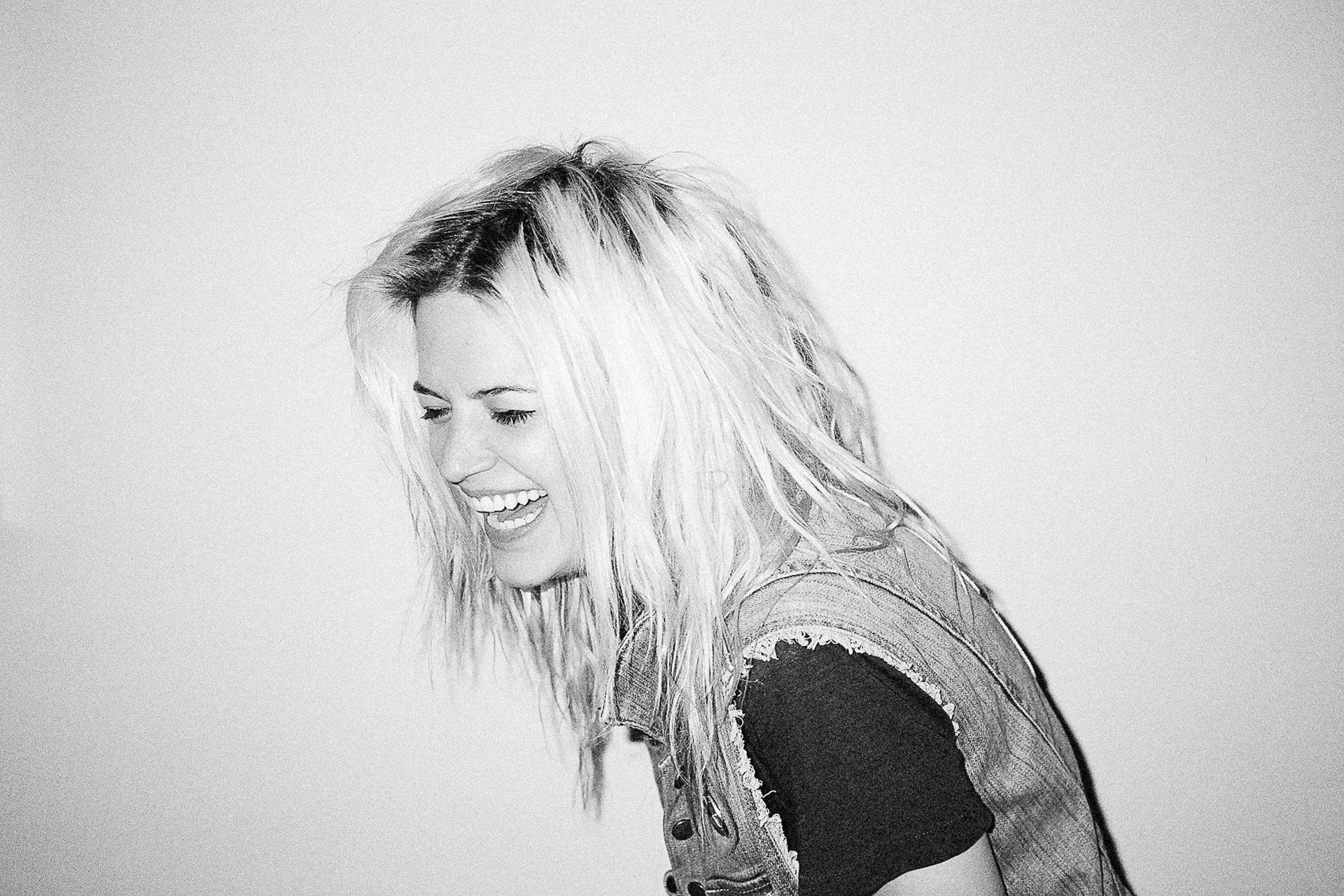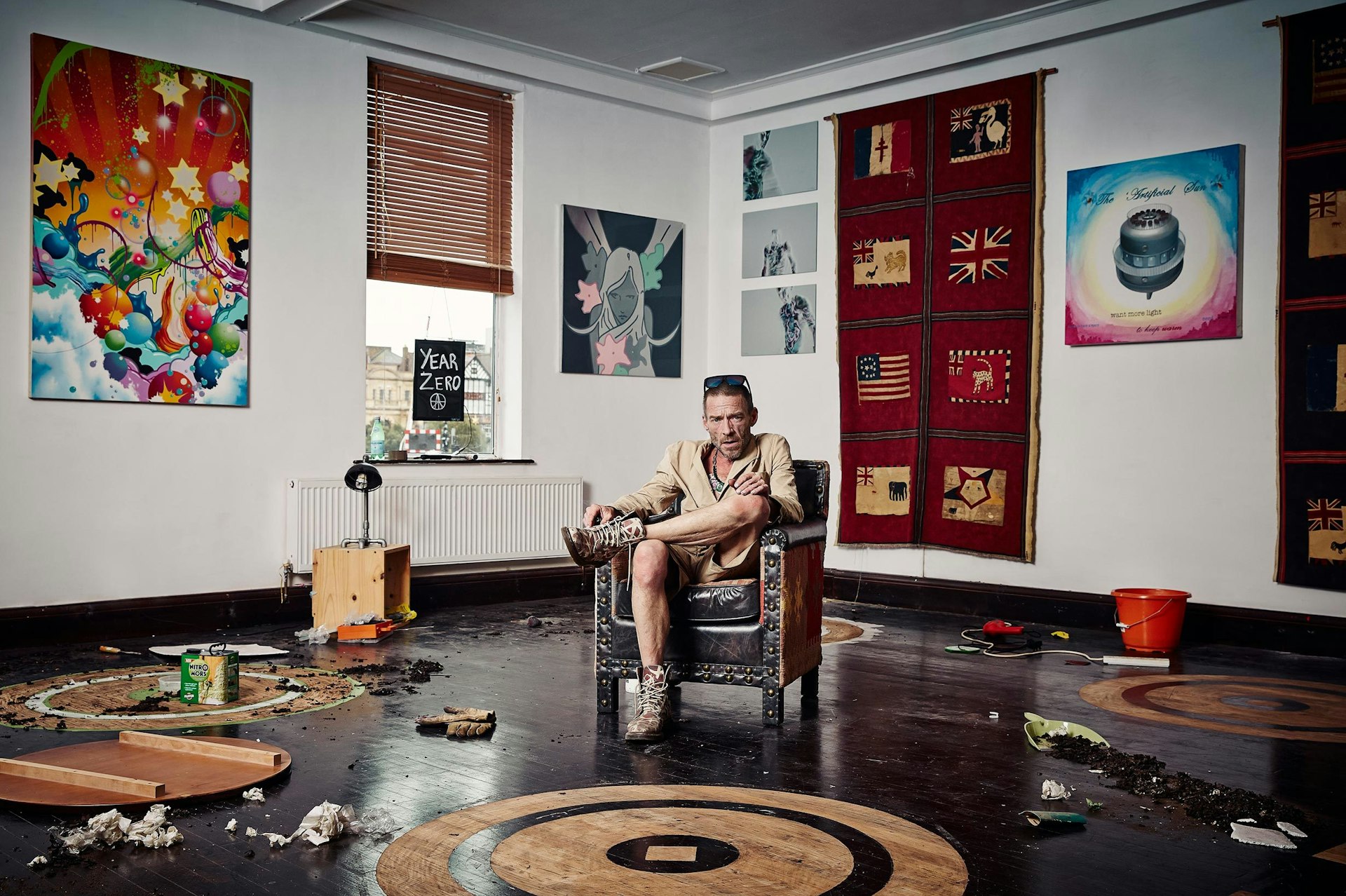
The psychedelic punk creating a safe-haven for artists
- Text by Cian Traynor
- Photography by Lee Kirby
A stream of pictures floods the inbox – colourful portraits of a bedraggled figure in designer clothes – while an accompanying note promises to tell the story behind it all.
Photographer Lee Kirby had been working in his old studio above a menswear shop in Norwich when he spotted “the best-dressed hobo you’ve ever seen”, an eccentric art collector named Lee Trosclair.
Capturing that moment on camera developed into a two-year project to document Trosclair’s unique persona and “whole raison d’etre”. But the note doesn’t say what that is.
You’re left to draw your own conclusions from the intense gaze, the Vivienne Westwood outfits and the aura of someone who lives outside convention. A chain of emails trying to tease out more detail only loops back to the same question: who is this mysterious figure?

It’s a balmy evening in East London when Kirby opens the door to his apartment building. The 28-year-old – dressed all in black, tattoos snaking around his limbs – has temporarily turned his two-bedroom flat into a photo studio.
Kirby tries to shoot a new portrait of Trosclair every month or so but things rarely go to plan. The 54-year-old’s energy can be so hard to contain that the moment often overtakes them. “Today is one of those days,” Kirby says softly.
As we make our way through a maze of whitewashed corridors, following the sound of David Bowie booming from afar, it’s hard to know what to expect. Will this guy be a babbling wino? An intimidating hard-man?
“Don’t worry, mate,” says Kirby. “Lee’s intense but so much fun to hang with.”
The door swings open to reveal a cluster of lighting rigs and a backdrop that’s been hand-painted to look like a galaxy.
To the right of it all is Lee Trosclair: leaning against the kitchen sink with a can of cider in one hand; a ceramic shotgun shell hanging around his neck; a red top-hat perched precariously on his head.
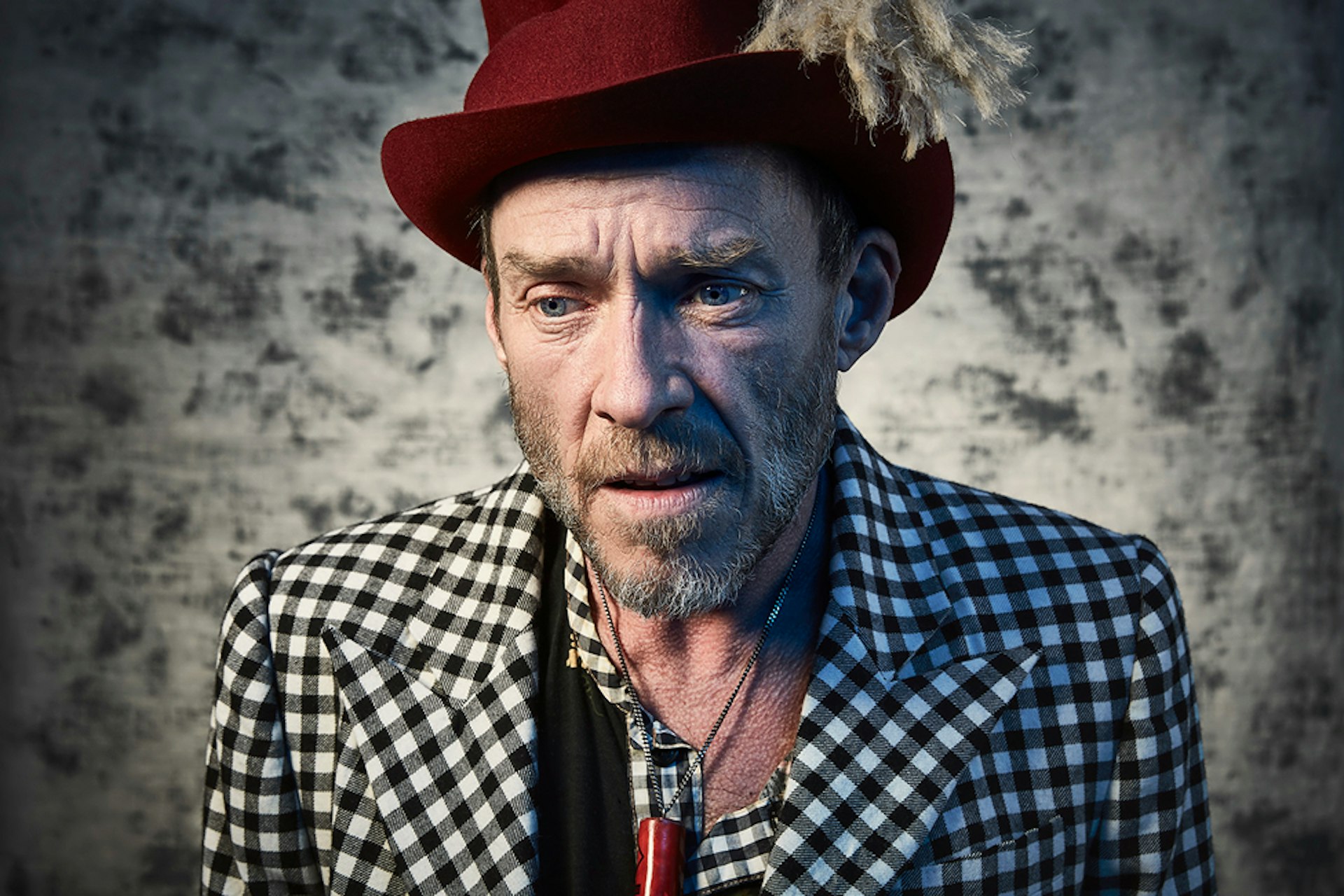
He looks like the Artful Dodger reimagined by Tim Burton – a psychedelic street urchin who talks like he has all the answers.
Except it’s hard to get a question in edgeways. Within moments, he’s overflowing with ideas and anecdotes about art – all of it steered with charismatic conviction.
“I’ve seen every single trend and fashion come and go for the last 40 years,” he growls. “You either learn something from that or you stick with what you know. And I’ve learned to recognise stuff before it happens. Experience teaches you everything.”
Describing Trosclair as a freelance art dealer might be a stretch. He normally spends his time smoking weed, drinking coffee and doing whatever he feels like.
But he also has a track record of investing in artists like Conor Harrington and Antony Micallef before their profile soars. Selling one print in his collection can generate enough money to live off for a year.
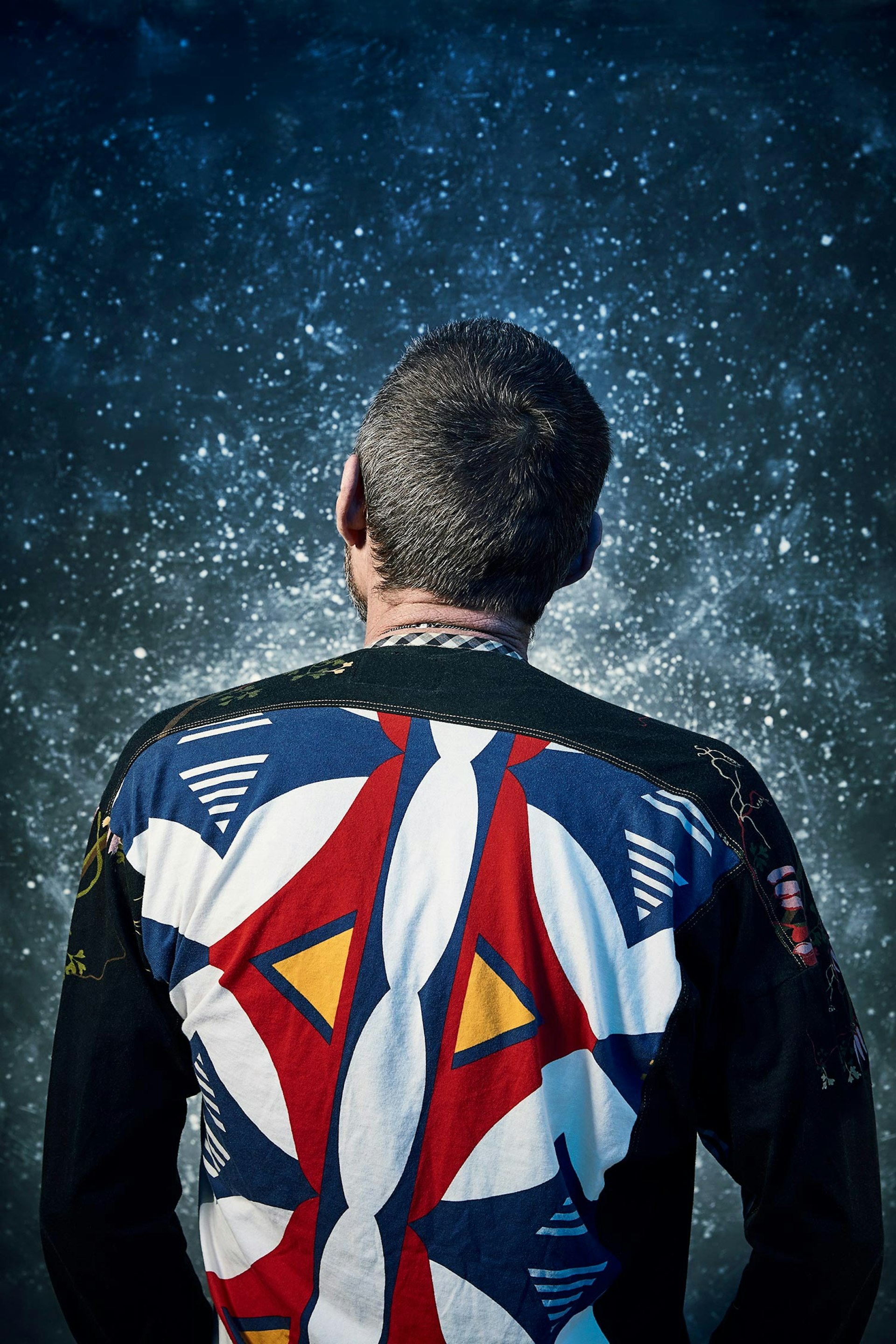
Now Trosclair wants to help artists develop without any commercial interference. The Social is a dilapidated hotel he’s been converting into a residency and creative hub in his hometown of Great Yarmouth: a once-thriving fishing port and seaside destination on the UK’s east coast.
It’s the kind of place that could flourish given the right opportunity, Trosclair says, and he’s already dreaming big. Initial plans include Social Records, an in-house record label, and the Social Sisterhood, a local crew of unique female artists.
Grunge sprung up from a nowhere-town like Aberdeen in Washington, he says, so who’s to say something just as significant couldn’t happen elsewhere?
“A cultural revolution is inevitable and it has to start somewhere,” Trosclair says, his eyes glistening.
“Every movement has its agitators and its agent provocateurs, the ones who’ve got the wherewithal to launch something. With punk, it was Malcolm McLaren and Westwood. I’m prepared to be that person: the catalyst.
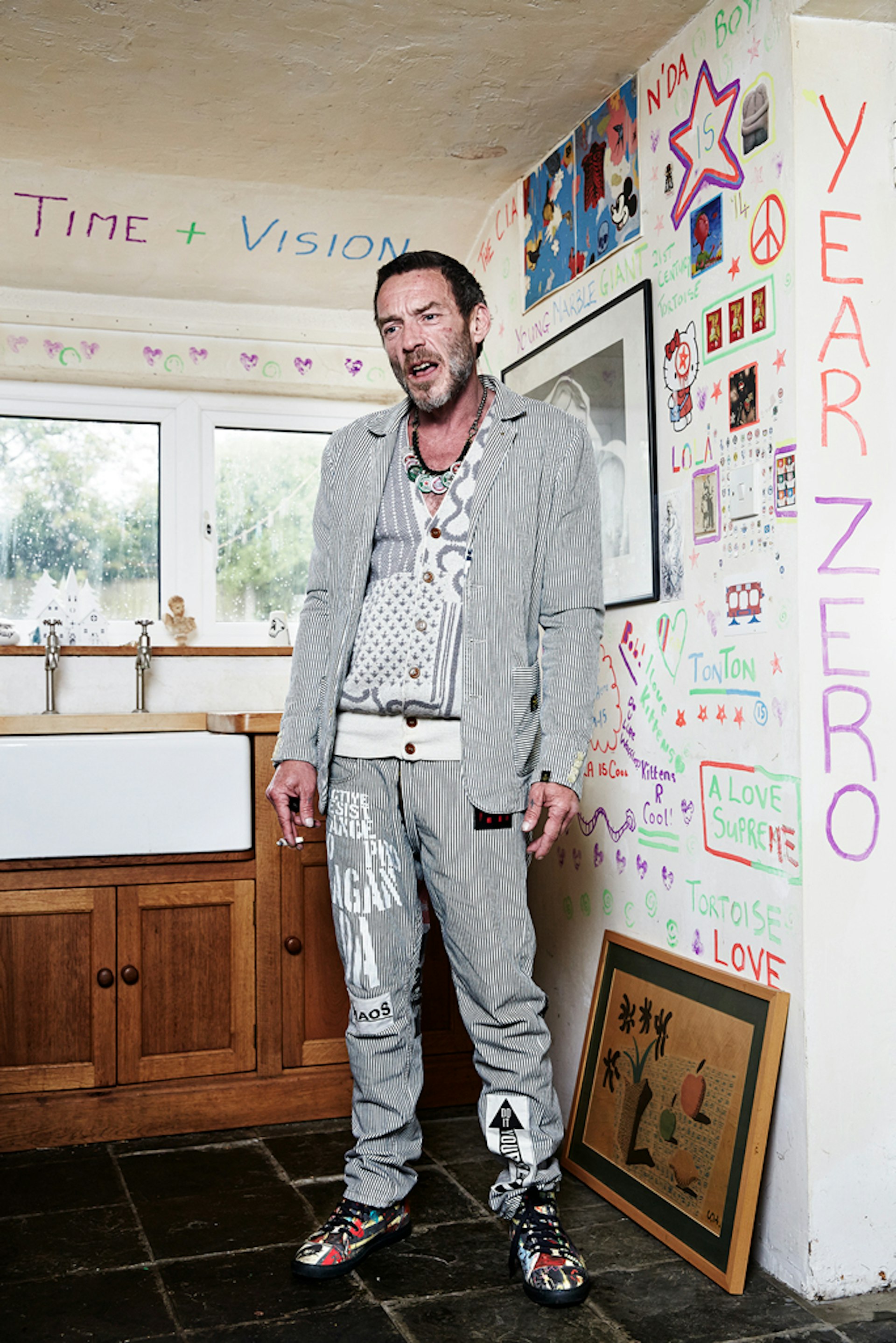
“A new wave of artists – people who have never lived without the internet – are going to set the world alight. I’m just offering the touch paper. I’m ready to stand back and say, ‘Be my guest.’”
Starting the Social has nothing to do with making money, Trosclair says. He has enough of that. Instead it’s about nurturing artistic independence in the hope that it will produce original voices.
That’s why he feels an affinity with Vivienne Westwood, who’s clothes he’s been wearing since the age of 14. She came from a working-class background, broke all the rules and shoved a spoke in the system.
So at a time when arts funding is at an all-time low and brand partnerships are becoming a fallback plan, Trosclair is determined to prove that art can exist on its own terms… by making the Social a condition-free space where collaborations can thrive.
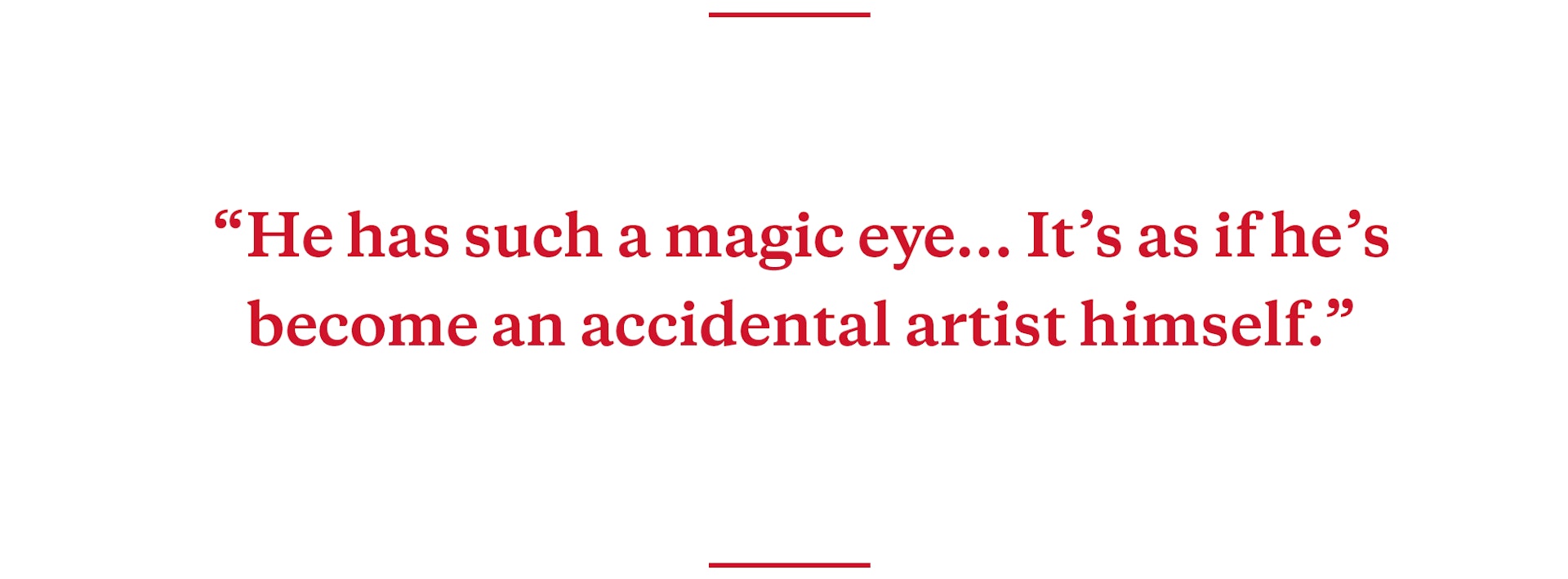
“If you work inside the system, it’s always going to wear you down and crush you,” he says. “[People may say] ‘Why don’t you get yourself an Arts Council grant?’ Because then you’d have to compromise. ‘For this money we’re giving you, you have to fulfil certain criteria.’ That’s selling out to the fuckin’ man. The best thing to do is work outside the business.”
But the more Trosclair explains all this, the more his own trajectory starts to sound like a biographical pandora’s box. He spent 35 years as a welder before making a small fortune on art; he recently slipped out of the world’s top 200 ranked table-football players (“It’s a game of zen”) and he can go days without eating or sleeping, just tripping on acid by himself.
There’s so much to take in that when Trosclair pops out to get more drinks, it feels like a tornado has just passed by. “That’s probably because he’s been on the tear all day,” says Kirby.
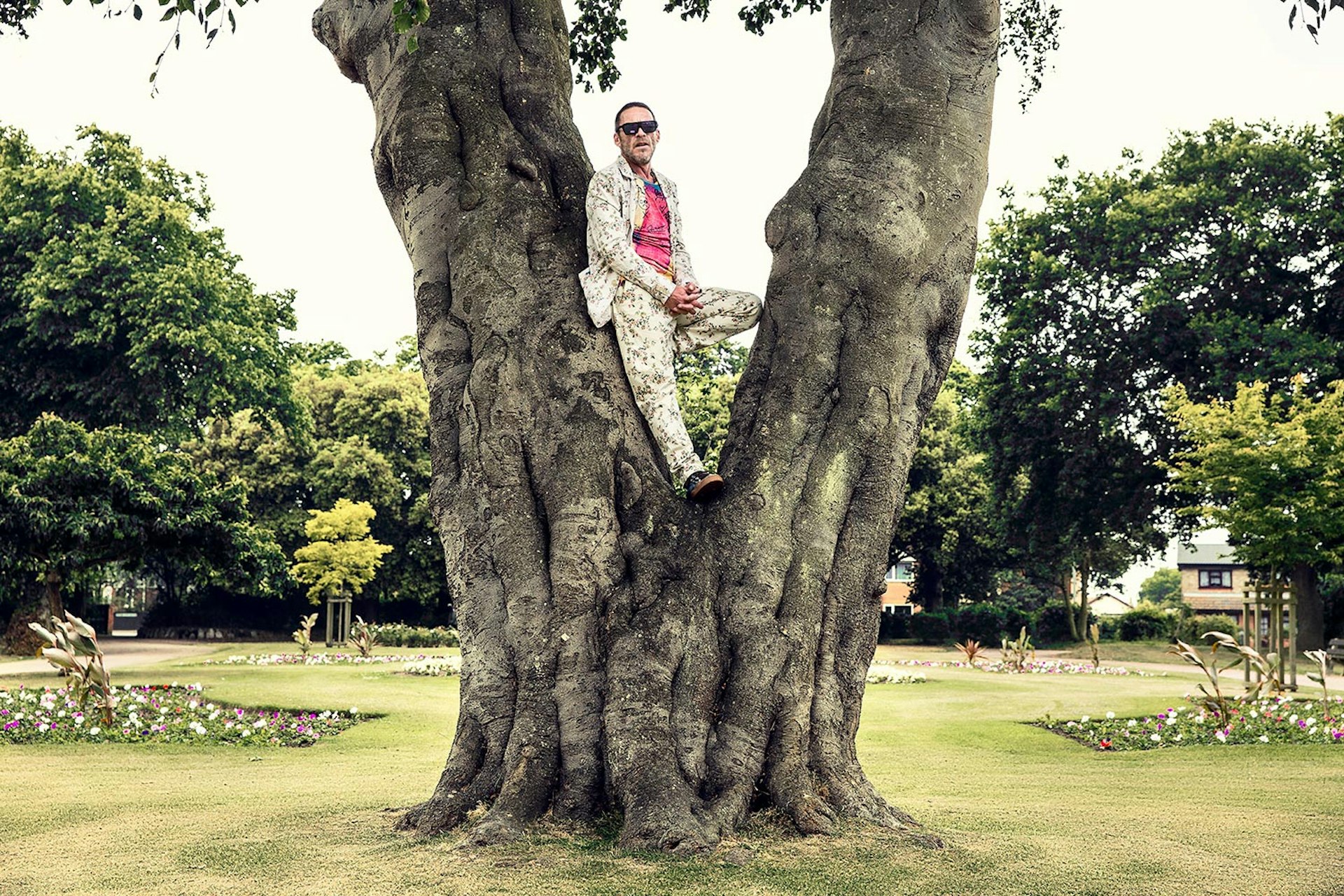
When they first met, the photographer was still studying at Norwich Art School and had never taken a proper portrait before. But his fascination with Trosclair turned into a way of developing his range and technical skills in a way he couldn’t at college.
The ‘Acid Priest’ (a name that came from their first proper shoot together, forming the title for the photo project) has become something of a mentor, he says, particularly in terms of art and fashion. When the pair visited an exhibition preview in Soho that afternoon, for instance, he watched in admiration as Trosclair managed to get first dibs on all the best pieces.
“He has such a magic eye,” says Kirby, a conspirational tone to his voice. “He collects art as an interested party but because of what he’s collected and who he’s gravitated to, it’s as if he’s become an accidental artist himself.”
But you can only properly understand what that means by visiting the Social, Kirby says. And starting earlier in the day will elicit a better sense of who Trosclair really is and what he’s been through.
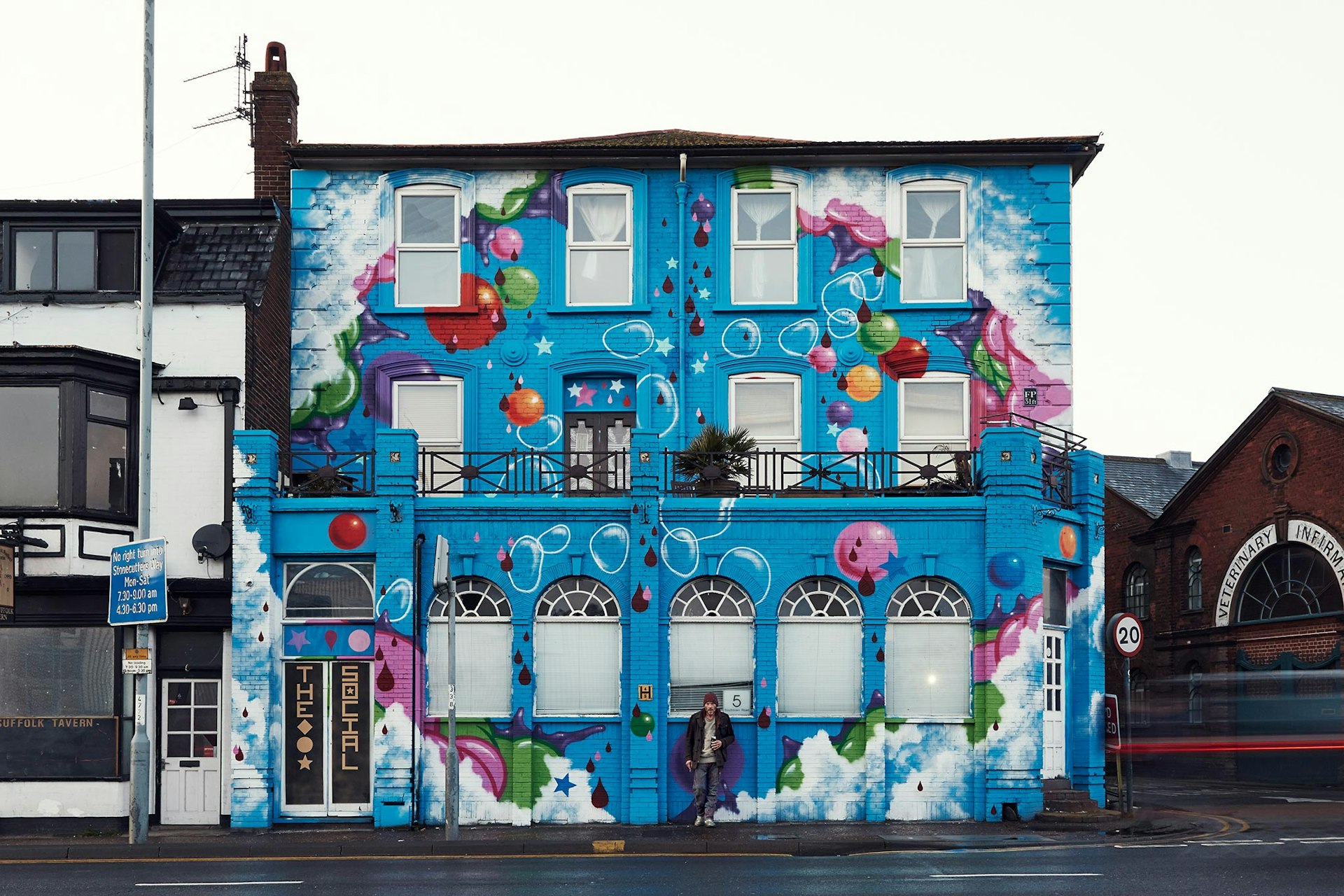
Anyone crossing the bridge over Great Yarmouth’s River Yare is unlikely to miss the Social. Trosclair jokes that it can be seen from space: a resplendent sky blue exterior streaked with clouds, stars and multicoloured bubbles – all painted by fine artist Andrew McAttee.
It’s 11.30 on a Sunday morning and Trosclair, dressed in a Westwood safari jacket and jeans, is about to give a tour inside. “Would you like a glass of champagne?” he says, opening the front door.
There are three floors, all of them crammed with works by artists such as Dan Baldwin and Jamie Reid. The downstairs hallway is sprayed with stencilled stars while, a level above, black floorboards have been shaved with symbols spelling out ‘The Social’.
Books on photography, fashion and sculpture are clustered about on almost every surface. The ground floor is a venue with a bar and a piano – the same spot where Trosclairs’ parents held their wedding reception in 1953.
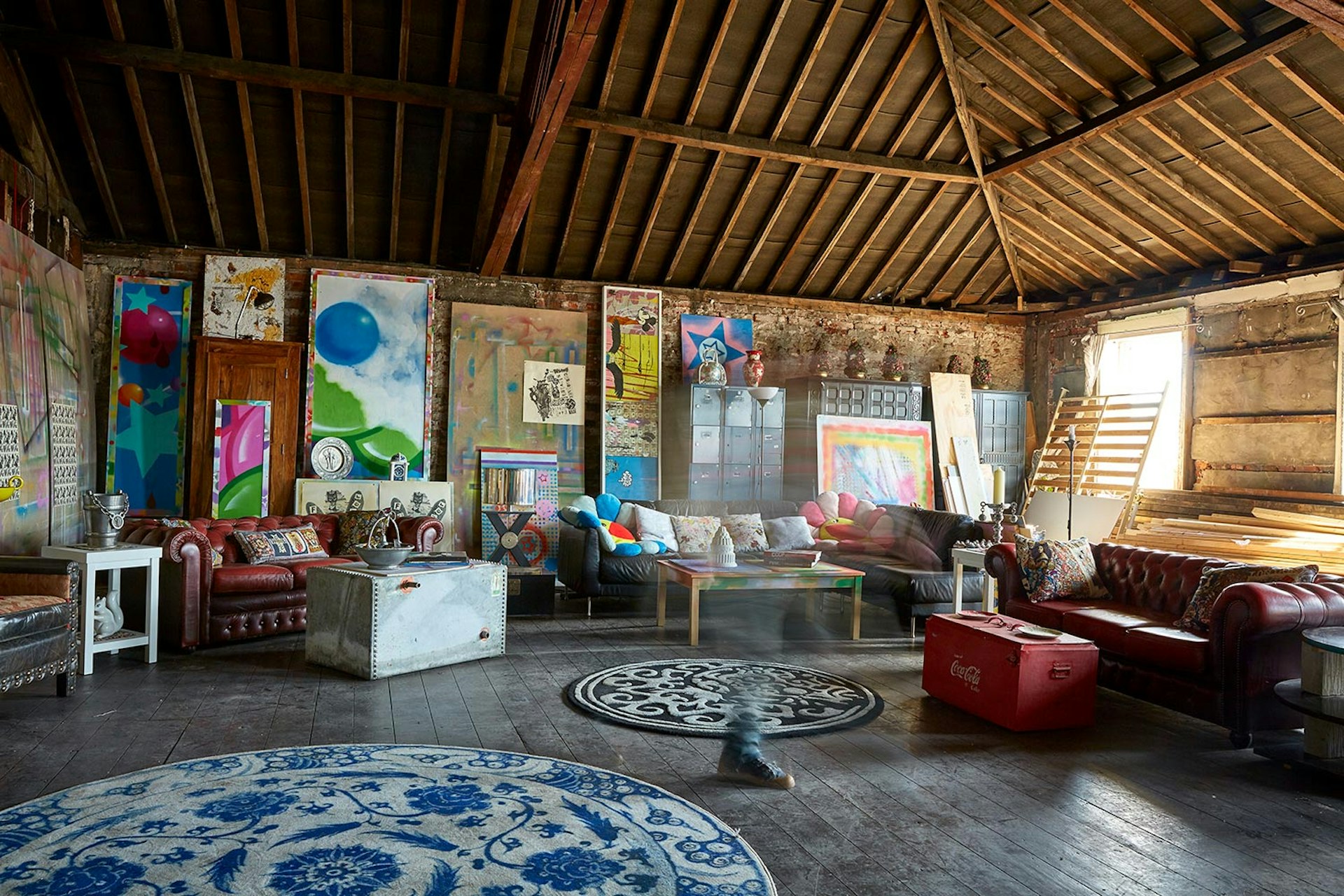
Upstairs, there’s a residents’ wing with three guest bedrooms and space for a recording studio. It’s still early days (Trosclair has been living here alone while setting everything up over the past six months) but there’s a unified vision behind it all – one he hopes every visiting artist will leave their stamp on.
“I never want anything to stay completely the same,” he says, taking a drag from his custard-flavoured vaporiser. “Otherwise you might as well grab the ol’ slippers, the pipe and give up. It’s got to be about constant change, this place. That’s one of my principal beliefs.”
A sign reading, ‘All people are different but some are more different than others’ feels like a cue to ask Trosclair about his own life, so we head to the first-floor balcony – the sound of Suicide blasting in the background – before sitting around a table spray-painted every colour of the rainbow.
Joining us is Trosclair’s twin brother Karl (a heavier, quieter version of him nicknamed Sid) and Kirby. Cans of cider are cracked open, a parade of motorbikes roars by on the street below, and the backstory comes flowing out.
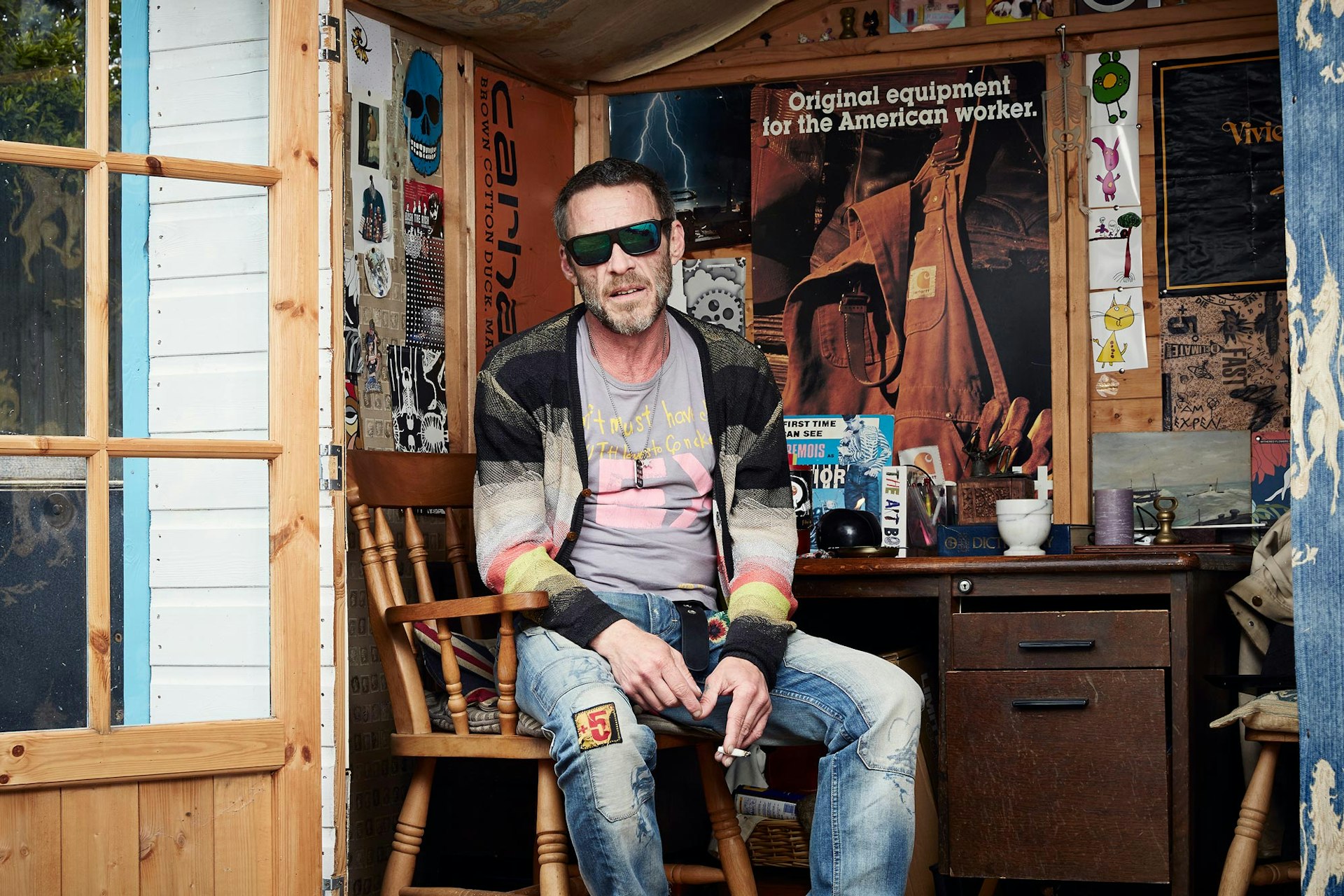
The family moved around a lot when they were younger, Trosclair says, which meant attending 12 different schools in eight years.
After his parents separated, his mother remarried an American tugboat captain – “a raging alcoholic, but the most generous person I’ve ever met” – and the family relocated to Franklin, Louisiana (which is how he picked up the Cajun surname) in the 1970s.
But the two brothers stuck out like aliens: transplanted punks in a place where the idea of punk didn’t even exist yet.
“It was a really disjointed upbringing,” he says. “Travel broadens the mind but a child needs some sort of grounding. The reason I love this place so much is because I was taken away from it as a kid. I yearned for this.
“I could live anywhere in the world but I chose to live right here, a couple of hundred yards away from where I was born, because I’ve got faith in my hometown and the people here.”
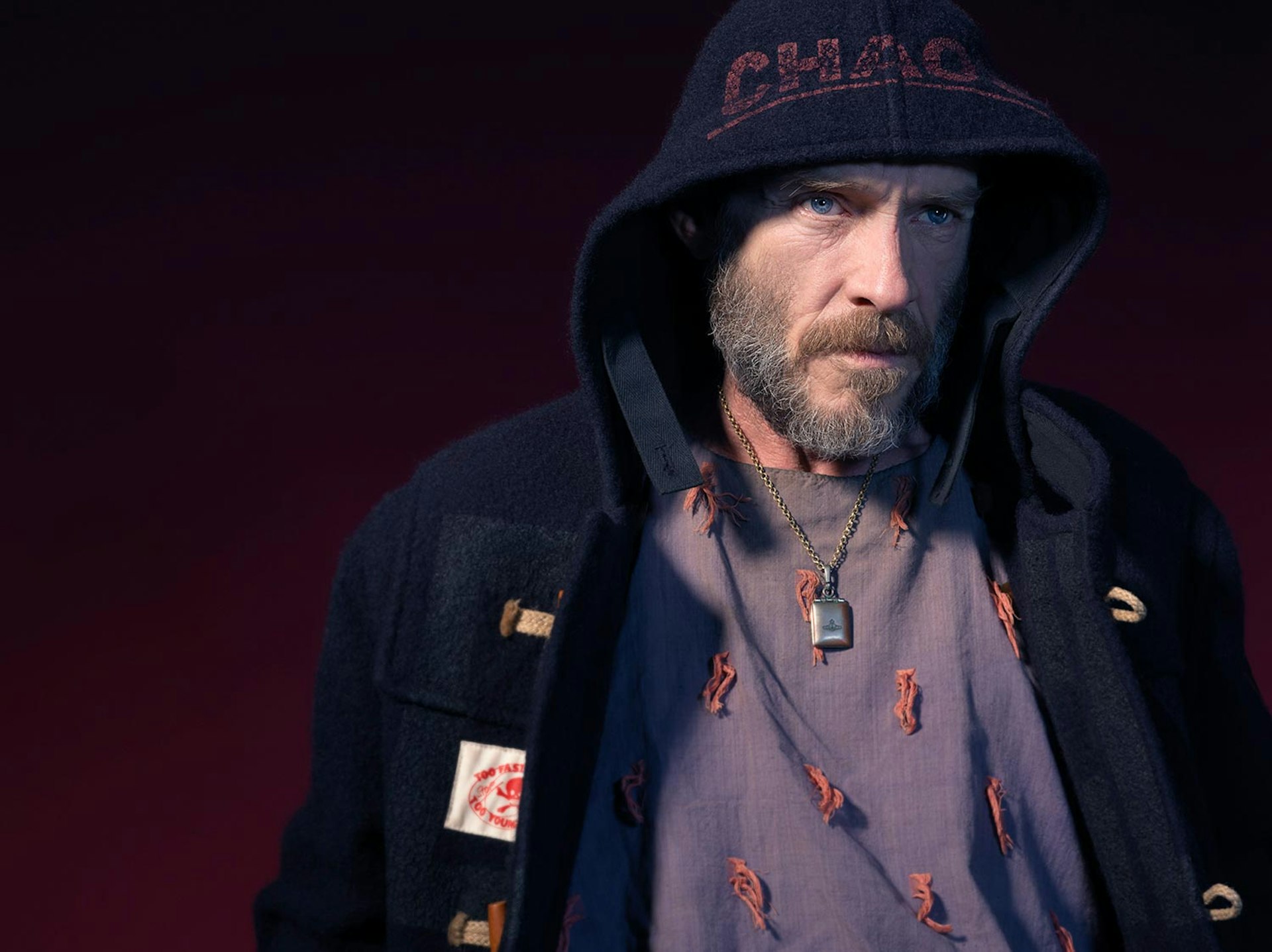
Trosclair’s mother insisted that the twins learn a trade, so they became welders. They returned to the UK in the early 1980s only to find that industrial labour had been demolished under Thatcher’s Britain.
Instead Trosclair floated through his twenties selling dope and living off the dole, until two near-misses with police scared him straight.
By that time, the economy had picked up and the brothers returned to welding, chasing opportunities in metalwork around the world.
Along the way, Trosclair decided to marry the woman he’d been with since the age of 17.
“Just as we were thinking about having kids, she had a brain haemorrhage,” he says, his voice wavering. “That completely fucked everything up. I can’t even explain what it was like. She wasn’t the same person afterwards and, eventually, she left. We spent 20 years together and I haven’t seen or heard from her since that day.
“All the pictures on the walls reminded me of her, so they had to go. I got some skips and just binned the fucking lot, starting over.”

Wanting to cover the walls with something else led Trosclair towards buying art.
For a stretch in the late 1990s, the Trosclair twins ran a stall at Camden Market called Year Zero. They specialised in vintage clothing and rare records, realising that as long as you have quality gear, people will buy it.
Then eBay happened. There was no longer a need to load everything up, drive down to London and sleep in a van overnight. It could all be done from home.
Trosclair decided to apply the same approach to art, eyeing up a Damien Hirst print he liked. But he procrastinated and, six months later, the price catapulted from £1,700 to £10,000.
“I thought, ‘Fuckin’ hell, I’ve missed the boat here.’ But we realised that art has always gone in cycles, even if music doesn’t. You can see it regenerating every decade. So I said to myself, ‘Right, the next big thing is about to arrive. It’s just about identifying who it’s going to be.’”
Around this time, in 2003, the Trosclair twins bought a compendium of art prints and one jumped out: a piece by then- up-and-coming street artist Banksy.
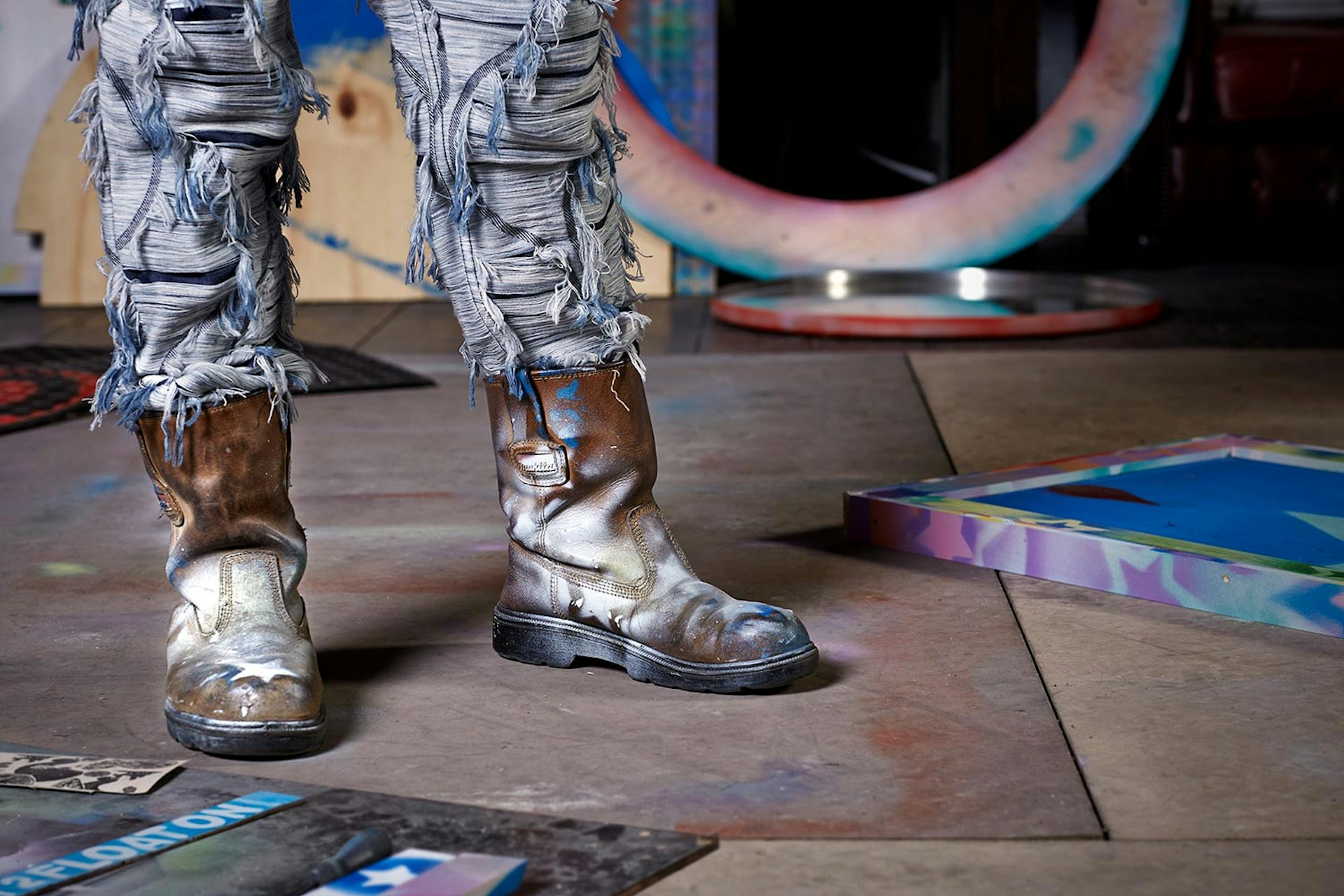
“The moment I saw that, I said, ‘This is the guy.’”
A subsequent search for ‘Banksy’ on eBay produced 12 results – eight of which were footballer Gordon Banks’ autobiography of the same name.
He then found a gallery selling signed Banksy prints for £150 and unsigned ones for £75. Trosclair had saved plenty of money working in the Ivory Coast for a year, so every time a new Banksy piece surfaced, he bought two.
Demand kept snowballing until eventually 250,000 people applied to enter a lottery for the latest print. By that point, Trosclair had hundreds in reserve and knew that he’d found the first artist of the internet generation.
“Coming back from Africa and investing 25 grand in Banksy was like going into the bookies, banging it all on a 20-1 shot and have it come in,” he says, laughing. “One day I went out to the shop and had made 1,600 quid by the time I came back. I thought, ‘Right, I’m fucking giving up welding.’”
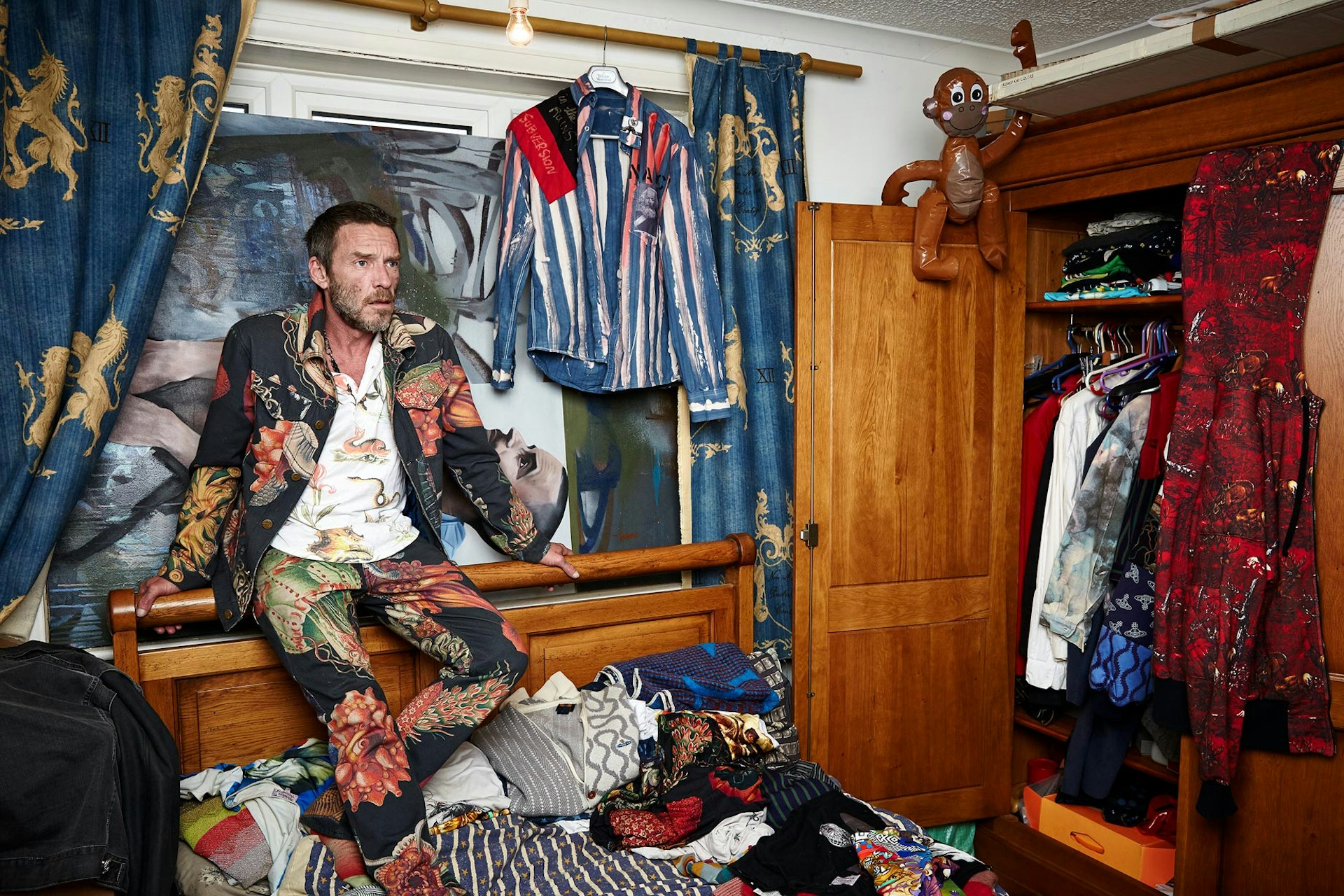
“A rash of other artists started coming up and it became my job to pick out the ones I thought would be the most significant. But it went from being able to make money really quickly to having to be patient. I saw people make a foray into the art market only to get burned severely.
“It’s all about timing, vision and action – knowing when to hold ’em and when to fold ’em. Once someone becomes a household name, you have to let all the households get on with it. That progression is an opportunity to do something different, or at least try to. Either way, I don’t want to stand in the same spot forever.”
Back inside, stretched out on a sofa, Kirby shares his own story. In his initial note, the photographer described Trosclair as a second father figure – but that’s not quite right, he says now.
Kirby’s father, who passed away two years ago, worked as a civil engineer and wanted his son to become an accountant. But at night, when his father went to bed, Kirby’s mother would teach him how to draw and paint with watercolours.
“I tried to get into accountancy when I finished school but it just didn’t happen,” he says wearily. “Then there was this secret side, so I rebelled and decided to go to arts school.”
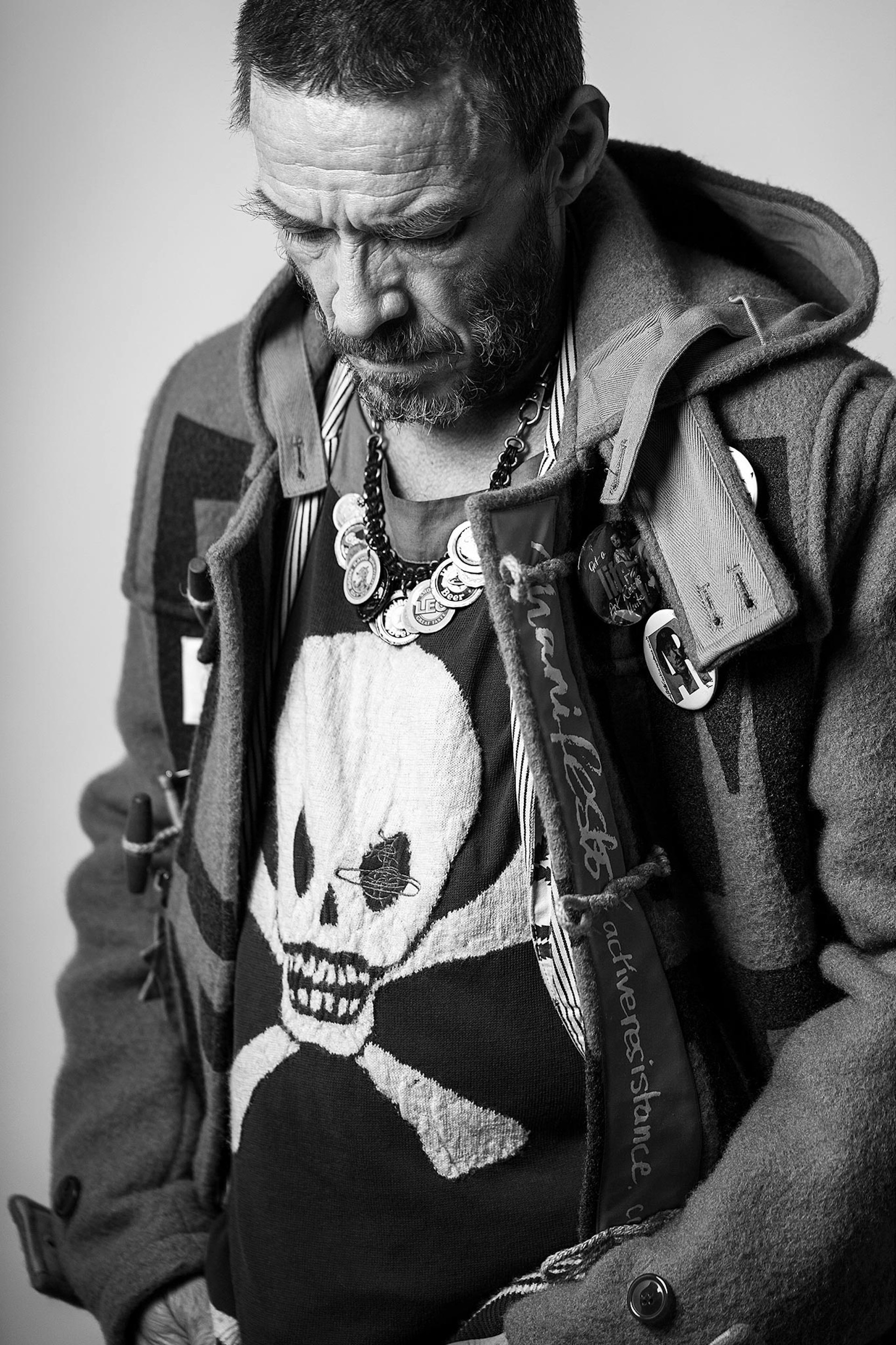
Kirby’s graduation was one of the last times he saw his father. He wishes he’d seen him develop more as a photographer, but he thinks finishing with the highest mark showed his dad that he made the right decision after all.
Kirby, who wears round glasses and a wide-brim baseball cap that shelters his face, has a tattoo of a flower with the words ‘Forgive me’ across his neck. His mum hates tattoos, he says, so this seemed like a compromise.
“My mum and dad were very clean – I can remember having to dry myself in the shower so I didn’t get the bathroom floor wet… So in that sense, Lee is the complete opposite to what I grew up with.”
He gestures at an old water tank that’s been repurposed as a coffee table. “I mean look at this place: it’s a treasure chest. Everything is art. The lamps, the clock… And unless you knew what most of this stuff was, you’d think he found it all at a charity shop.”
The pair have grown close over the last couple of years, with Trosclair learning just as much from Kirby: about photography, friendship and, most of all, his place in the world.
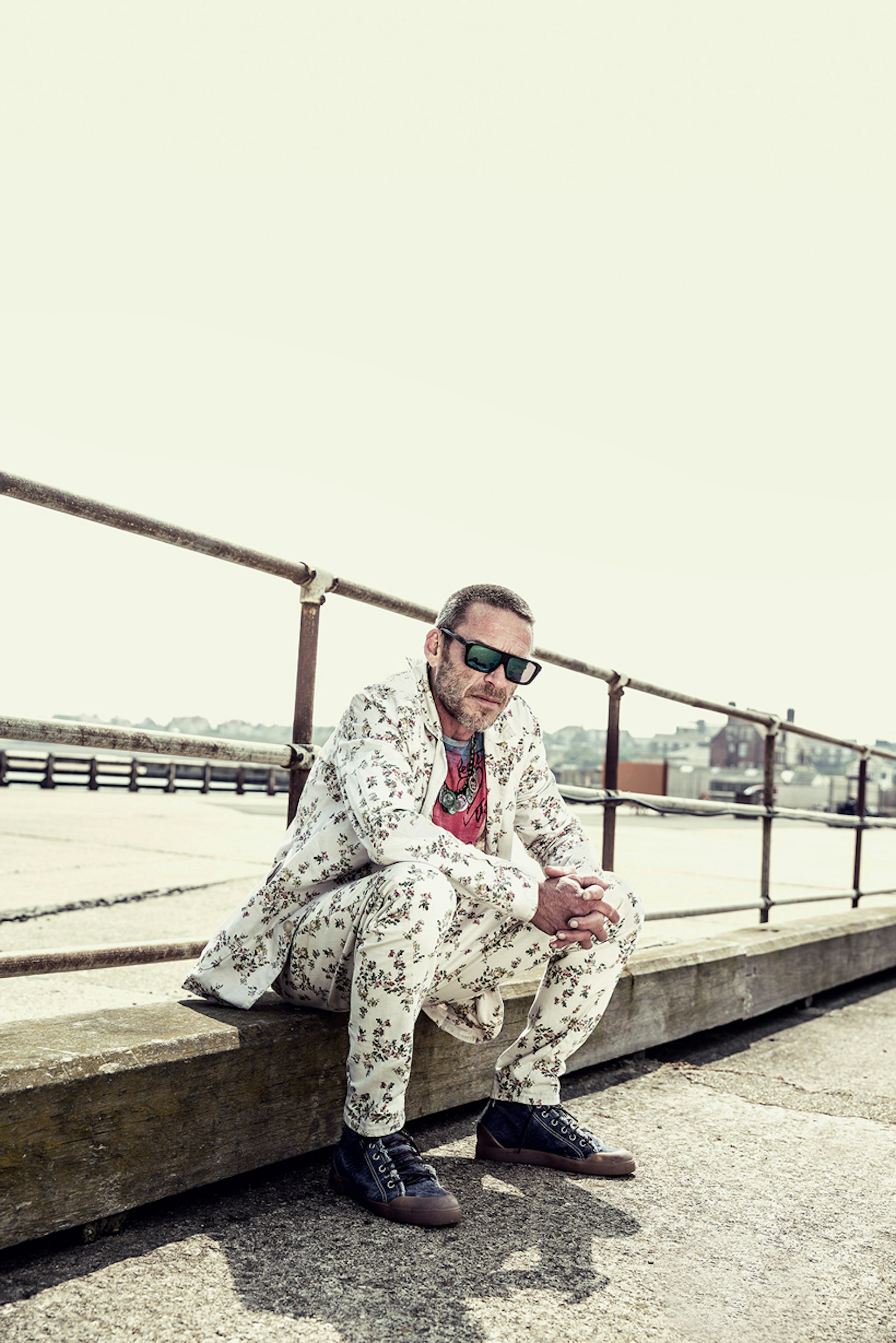
Still, the photographer worries about how the 54-year-old applies himself. He never sees him eat and suspects that if the Social were in London, it’d either attract the wrong crowd or be looted overnight. But Trosclair just laughs the notion off. He doesn’t believe in worrying.
Before the day is done, he wants to take us on an alternative tour of Great Yarmouth – one that mixes the personal and historical.
There’s the port that once held the largest fishing fleet on the planet; the church where his parents married; the remains of a medieval town wall that took 111 years to complete; the bar where Trosclair spent far too much of the 1990s.
But when we reach the local arts centre, the light drains from his face. “I’ve only been in there twice,” he says solemnly, shaking his head. “Their idea of culture is booking a Michael Jackson impersonator.”
For all Trosclair’s excitement for the future, for all the pride in where he’s come from, there’s an underlying exasperation with the status quo.
You don’t need to spend long in his company to see that all he wants to do is disrupt it.
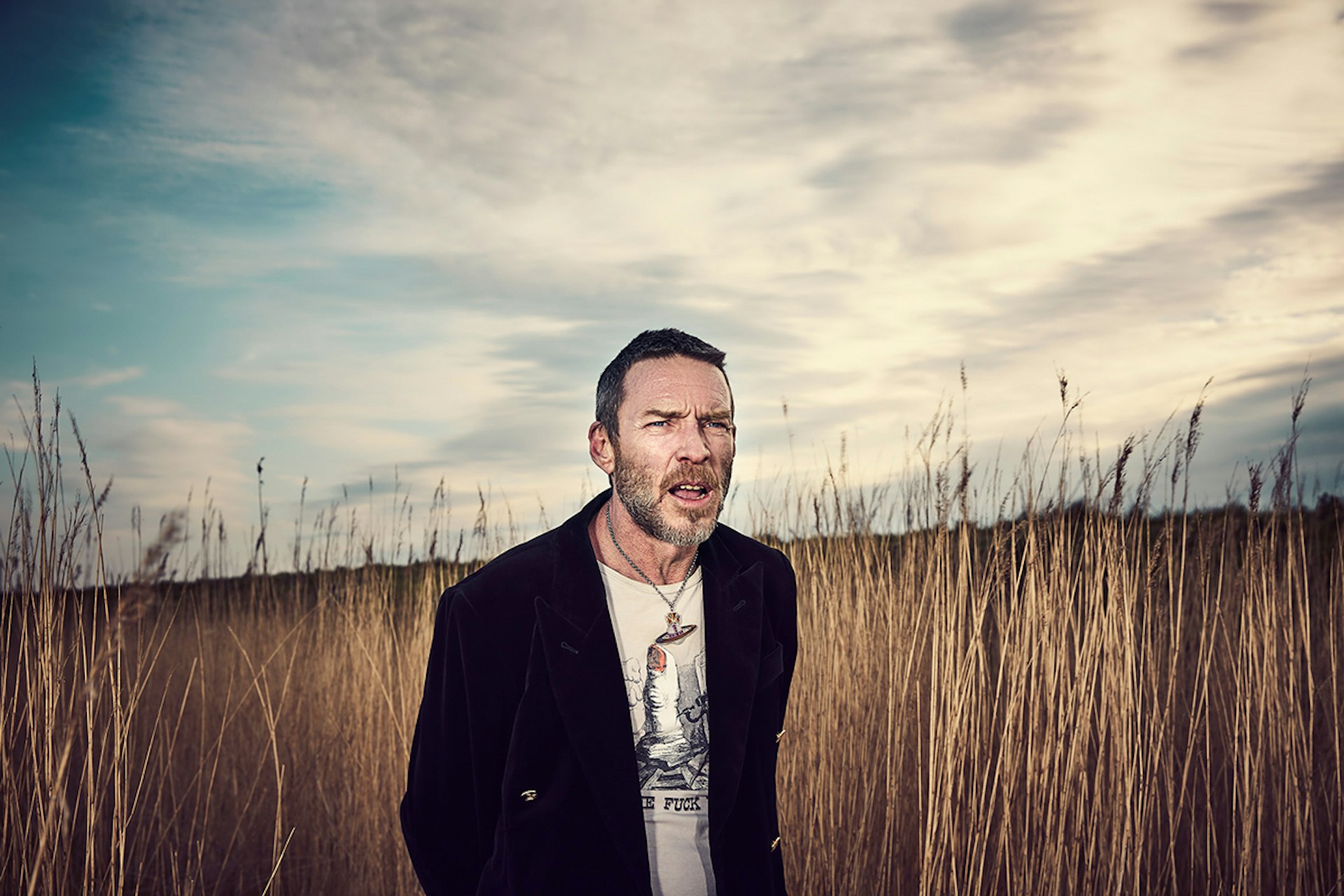
“This is the last real opportunity to do something with my life,” he says. “If I don’t take it now, in five or 10 years it’s going to be too late. My generation had every opportunity and fucked it up.
“Now we’ve got a generation who are better informed and it’s time for change. So while most people say, ‘Oh, I want to do something but I just don’t have the money’, I’m saying, ‘Come here. If your idea is good and it’s practical… Well, let’s fuckin’ do it.’”
This article appears in Huck 56 – The Independence Issue. Buy it in the Huck Shop now or subscribe today to make sure you never miss another issue.
Check out the portfolio of photographer Lee Kirby.
Enjoyed this article? Like Huck on Facebook or follow us on Twitter.
